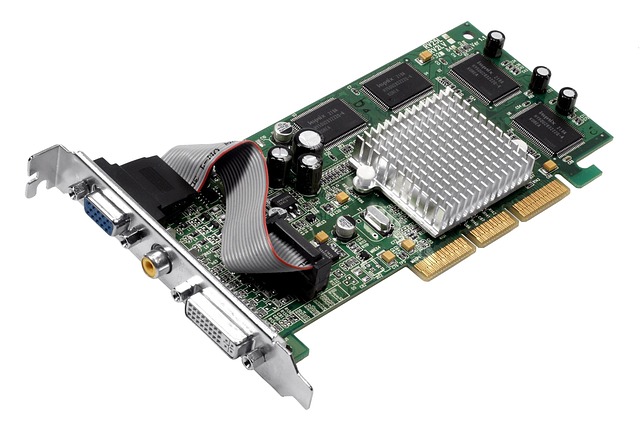
Unveiling the Power of AGP Technology in IT Hardware
In today’s fast-paced world of information technology, staying ahead of the curve is paramount. As businesses and individuals alike strive for performance, efficiency, and innovation, knowing about the right technologies becomes crucial. One such technology that has significantly influenced the realm of IT hardware is Accelerated Graphics Port (AGP).
AGP burst onto the scene in the late 1990s, representing a pivotal moment in how computers handle graphics rendering. Designed specifically to allow for faster communication between the CPU and the graphics card, this dedicated connection has made it possible for computers to process complex graphics with unparalleled speed and accuracy. As IT hardware evolved, so too did the demands for graphics capabilities, which AGP adeptly fulfilled.
Before AGP, graphics were primarily handled by the PCI (Peripheral Component Interconnect) interface, which, while functional, simply couldn’t keep pace with the growing demands of modern applications and video games. AGP revolutionized this by providing a point-to-point connection, allowing graphics data to flow more efficiently. This was a game-changer for graphic-intensive tasks, such as 3D gaming and high-end graphic design, allowing users to experience smoother visuals and more immersive environments.
One of the standout features of AGP technology is its capability to allocate more bandwidth to graphic processing tasks. With speeds starting from 266 MB/s and scaling all the way up to 2.1 GB/s with AGP 8x, this technology became a staple for gamers and professionals who required cutting-edge performance. The ability to render detailed images rapidly opened the door for richer user experiences and more engaging digital content, setting the stage for the stunning visuals we enjoy today in films and interactive media.
In the realm of IT hardware, the impact of AGP cannot be overstated. It laid the groundwork for the evolution of graphics technologies that followed. Although AGP has since been succeeded by PCI Express (PCIe), its legacy remains an integral part of the journey toward the high-performance graphics solutions we utilize now.
Understanding technologies like AGP not only highlights the advancements made in the field but also serves as inspiration for those working in IT today. As we delve into cutting-edge technology, the lessons learned from AGP can guide us toward future innovations, encouraging us to seek solutions that improve performance and user experience continuously.
As the field of information technology continues to evolve, the history of AGP serves as a reminder of the necessity for ongoing innovation. Whether you’re a tech professional, a gaming enthusiast, or simply someone who appreciates the advancements in graphics technology, recognizing the significance of AGP can enhance your understanding of where we’ve come from and inform the direction of future developments.
Embracing the power of technologies like AGP equips us to better appreciate our current tools and can inspire us to push the boundaries of what’s possible in IT hardware. The journey of graphics technology has just begun, and staying informed will ensure that we are ready for whatever comes next.



